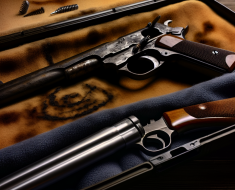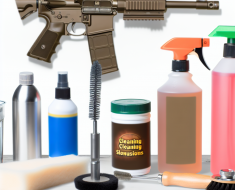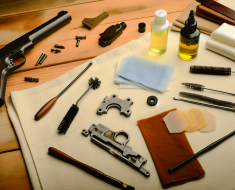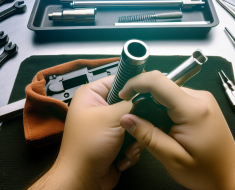How to Maintain Your Gun’s Accuracy Through Cleaning
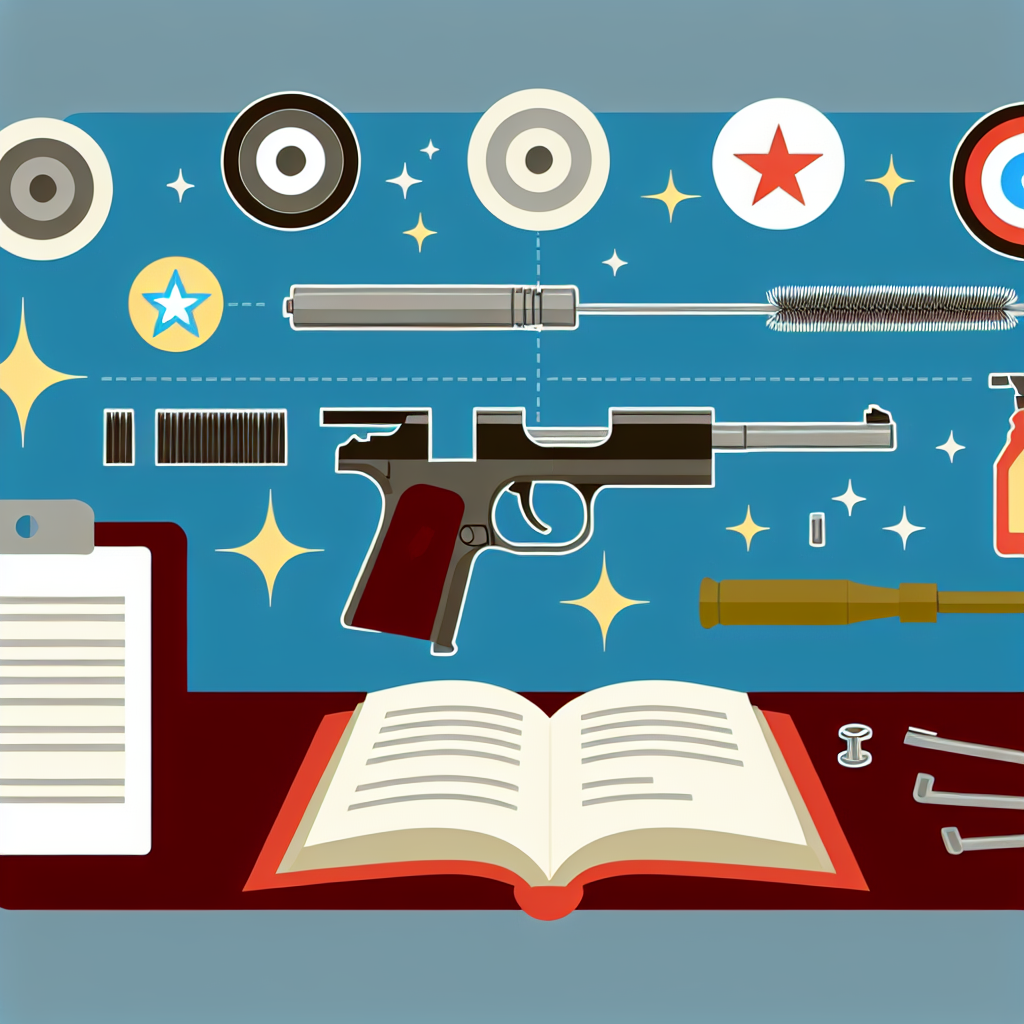
Maintaining a firearm’s accuracy is crucial for both safety and performance, whether you are a professional marksman, a competitive shooter, or a responsible gun owner. One of the most effective ways to ensure your gun performs at its best is through regular and proper cleaning. Over time, residue buildup, corrosion, and mechanical wear can degrade the precision of your weapon, impacting its accuracy. This comprehensive guide will explore how cleaning your gun directly affects its accuracy and provide detailed steps to maintain peak performance.
The Importance of Gun Cleaning for Accuracy
Accuracy in firearms depends on several factors such as barrel condition, ammunition quality, environmental conditions, and the mechanical integrity of the weapon. Among these, barrel cleanliness plays a critical role. Residue from powder combustion, copper fouling from bullets, and dirt can accumulate inside the barrel and other components. This buildup alters the internal ballistics by changing the friction and pressure dynamics as a bullet travels down the bore.
Studies have shown that fouling can cause significant deviations in shot placement. For example, a report published by the National Shooting Sports Foundation highlighted that even minimal copper fouling in rifle barrels could cause point-of-impact shifts of up to several inches at 100 yards. Similarly, carbon deposits affect handgun accuracy by causing inconsistent bullet velocities.
In addition to barrel fouling, neglected cleaning can lead to rust or corrosion, which degrades metal surfaces and damages rifling—the spiral grooves inside the barrel responsible for stabilizing the bullet during flight. Damaged rifling means less spin stabilization and therefore decreased accuracy.
Understanding How Residue Affects Your Firearm
To grasp why cleaning matters so much for maintaining accuracy, it’s important to understand what kinds of residues accumulate in your firearm and how they impact performance:
- Carbon Fouling: Produced by burning gunpowder, carbon fouling builds up rapidly in the chamber and barrel throat. It is sticky and hardens over time if not removed.
- Copper Fouling: Bullets with copper jackets deposit microscopic copper particles inside the bore during firing. Copper fouling is notoriously difficult to remove without specialized solvents.
- Lead Deposits: Primarily found when using lead bullets; these deposits are softer but can still degrade accuracy if left untreated.
- Dirt and Debris: External dirt or moisture can enter mechanisms like the slide or action and cause malfunctions that indirectly affect shot consistency.
The cumulative effect of these residues changes how bullets engage with the rifling and exit the barrel. This leads to unpredictable trajectories and lower group tightness on target.
Step-by-Step Guide to Cleaning Your Gun for Optimal Accuracy
A consistent cleaning routine tailored to your specific firearm type (rifle, pistol, shotgun) ensures your gun remains reliable and accurate over time. Here is an effective method for cleaning your gun with an emphasis on preserving accuracy:
1. Safety First: Unload Your Firearm
Always ensure your gun is completely unloaded before beginning any maintenance work. Remove all ammunition from the chamber and magazine. Double-check visually and physically to confirm safety.
2. Field Strip Your Firearm
Consult your firearm’s manual for instructions on disassembling it into its main components—barrel, bolt/carrier group, slide, frame—so you can clean thoroughly without damaging parts.
3. Clean the Barrel Using Proper Tools
- Bore Brush: Attach a bore brush appropriate for your caliber onto a cleaning rod. Apply a solvent designed to break down carbon and copper fouling (e.g., Hoppe’s No. 9 or similar).
- Patches: Run solvent-soaked patches through the barrel repeatedly until they come out clean.
- Copper Solvent: If copper fouling is present (common after several hundred rounds), apply a dedicated copper solvent per manufacturer guidelines.
- Bore Snake Option: For quick maintenance between range sessions, bore snakes embedded with brushes can be used effectively.
4. Clean Other Components Thoroughly
The bolt/carrier group (in rifles) or slide assembly (in pistols) should be cleaned with brushes and solvents to remove powder residue and lubricated afterward for smooth operation.
- Chamber: Use chamber brushes specifically sized for your firearm’s chamber dimensions.
- Action: Clean rails and moving parts carefully to prevent buildup that could affect cycling speed and consistency.
5. Lubricate Appropriately
A light application of high-quality firearm oil reduces friction without attracting excessive dirt or dust that could degrade performance over time.
6. Reassemble & Function Check
After cleaning and lubrication, reassemble your firearm carefully following manufacturer guidelines then perform function checks to ensure everything operates smoothly before live firing again.
The Role of Regular Maintenance Schedules in Sustained Accuracy
The frequency of cleaning depends on several factors including caliber type, ammunition used, shooting frequency, environmental conditions (dusty vs clean ranges), etc. However, general recommendations are as follows:
- <strong



